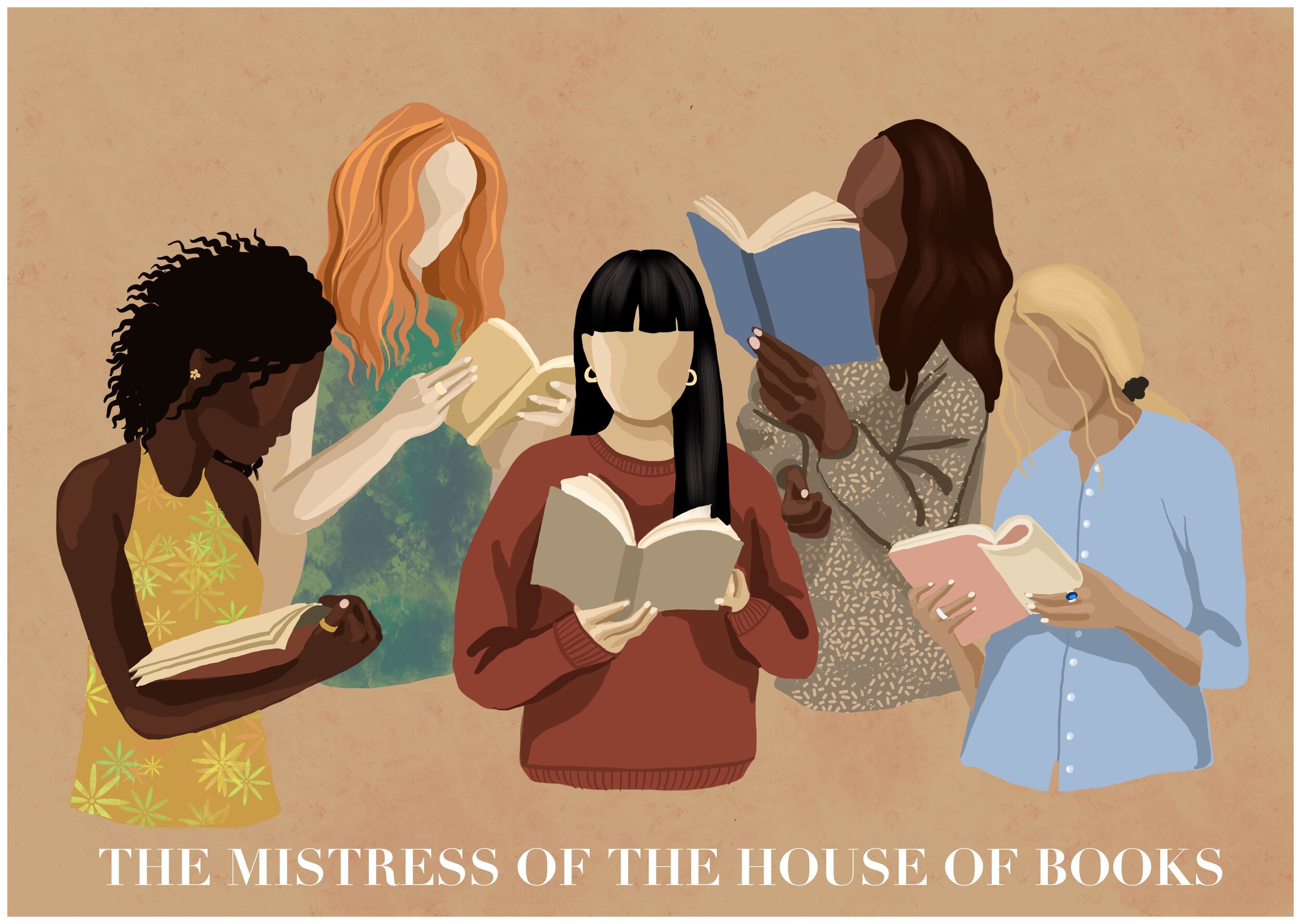Review: The Lagoon by Janet Frame
TRIGGER WARNING: Mental health
I’ve talked at length about how my master’s program shaped me. It’s what got me interested in feminism as a whole as well as feminism in literature. My professors provided me with ample reading material by women authors, and it was also the first time I realized how absent women are in the history of this little thing we like to call “literature.”
My program wasn’t touted as a feminist program, but it ended up being so. That said, we were a mostly female group and most of my professors were women as well. I believe that it naturally became a female-focused program based on the students and the teachers. And I am so thankful for it.
I was introduced to the likes of Marianne Moore (who became the subject of my thesis), Jhumpa Lahiri, Cristina García, the Brontë sisters, Françoise Hériter, and more. We had an entire course dedicated to female agency, in which we studied The Odd Women by George Gissing – not a woman writer but he did an excellent job at outlining the many ways in which an unmarried woman in the 19th-century struggles to get by.
Another one of these woman writers I discovered over the course of my curriculum is Janet Frame. She is famed as “New Zealand’s most famous writer,” and she has a profoundly interesting back story. I want to share a bit about Frame before I jump into why I loved her collection of short stories The Lagoon so much.
Frame grew up in a large family in southern New Zealand. Her childhood was a relatively happy one, albeit marked by several traumatic events, including the deaths of her two sisters and her brother’s epilepsy. As an adult, she worked as a teacher before she was admitted into the psychiatric ward at her local hospital.
She refused to go home to her family due to the violent relationship between her father and brother. She was promptly transferred to a different hospital, at the time called the Seacliff Lunatic Asylum. The hospital had a reputation for patient abuse and squalid conditions. Here, she was diagnosed as schizophrenic and was frequently readmitted to several different asylums over the next eight years.
While she was there, she wrote. She wrote and wrote and wrote and produced her first book, The Lagoon. It was published and received the prestigious Hubert Church Memorial Award literary prize – just a few days before she was scheduled to have a lobotomy. In response to the award, the hospital canceled her procedure. Years later, with the help of other psychiatrists and mental health professionals, her schizophrenia diagnosis was rescinded. Frame’s is a story of misdiagnosis that thankfully didn’t go as far as it may have for other, less fortunate patients.
The first time I heard Frame’s story I was disappointed and devastated. The former because women have been committed into psychiatric wards, hospitals, and asylums for the wrong reasons for nearly as long as these places have existed. The latter because I can’t help but think of all of the other patients who weren’t as lucky. How many people were given lobotomies who didn’t need them? And what percentage of them were women?
Frame used writing to get through her time in the asylums – she’s even quoted as saying “My writing saved me.” This can be taken in both the literal and figurative sense. Her writing literally saved her when it was awarded a prestigious literary award. It figuratively saved her as it lent her some type of release. It was a way to get her true thoughts and feelings out on paper when she was isolated and in the hospital.
I encourage you to keep all of this in mind when diving into The Lagoon. It’s a collection of 24 short stories that were written in the late 1940s. Most are written from a child’s perspective and give greater insight into Frame’s young years. Water as a theme connects some of the stories, which makes sense. As mentioned, she lost both of her sisters to two separate accidents when she was young. They both, separately, died from drowning.
The book is blanketed in nostalgia that goes back and forth between happy and sad. But, isn’t that what all of our childhoods feel like? I (thankfully) didn’t lose a sibling as a child and honestly didn’t have my first run-in with death until my grandparents died when I was a preteen. That said, I’m a child of divorce so when I think back on memories from when I was a kid, I too oscillate between being happy and sad.
My favorite stories include “The Lagoon,” “Keel and Kool,” and “My Cousins – Who Could Eat Cooked Turnips.” All have their merits and I won’t spoil them here. I hope that the background I provided on Frame and the general feel of the collection as a whole is enough to encourage you to pick up a copy for yourselves!

